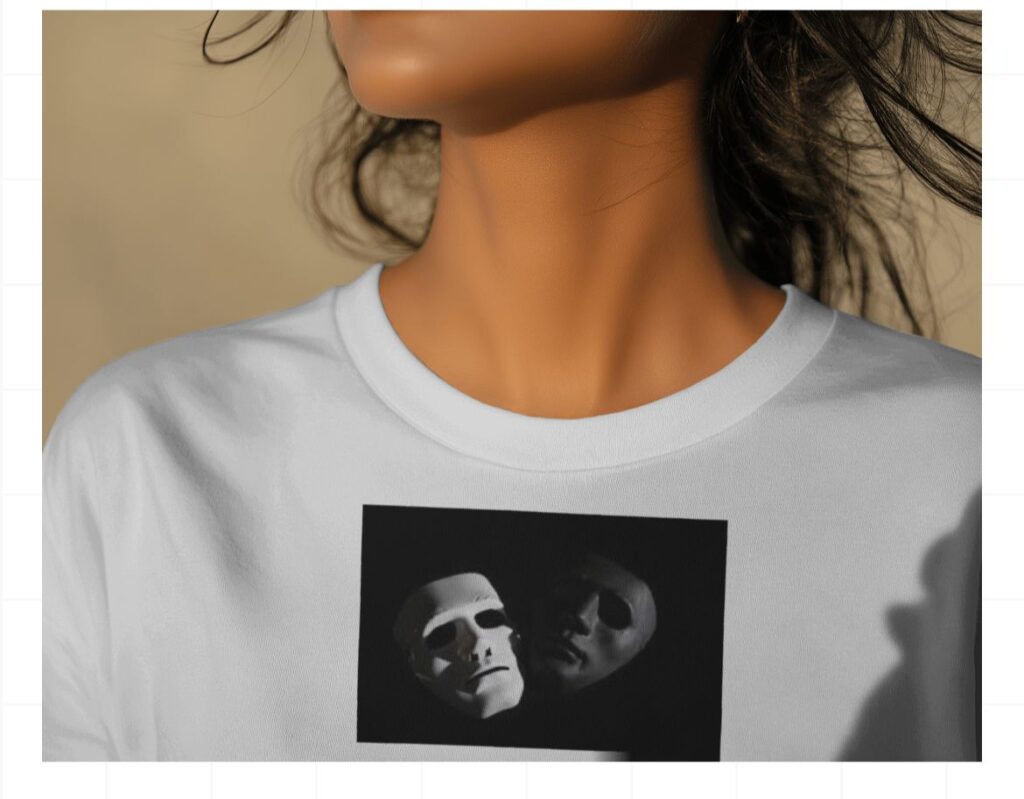I read and think about our myths and stories and various philosophers out of my own curiosity quite often. The popular story associated with Dussehra is from the Ramayana, where Lord Rama, an incarnation of Lord Vishnu, defeats the demon king Ravana. In eastern India, especially in Bengal, the festival is associated with the victory of Goddess Durga over the buffalo-headed demon Mahishasura. Another mythological background comes from the Mahabharata. Pandavas retrieved their weapons from the tree where they had hidden them during their exile and emerged victorious in a battle with their enemies. In the state of Karnataka, especially in Mysuru, Dussehra is celebrated as the victory of the goddess Chamundeshwari (a form of Durga) over the demon Dhumraksha.
Dussera is celebrated as a triumph of good over evil. While I love the celebration , I believe that this split of “good over evil” is quite a simplification of a very complex world. In a way we just simply divide the world (even our imaginations) into two parts – good and evil , heaven and hell.
Last year I wrote about the idea of Ravana – and if it is really that evil? And what must evil really mean to us? And why do we shun it and enjoy destroying it and why do we throw it away? In the same vein I have often also wondered the opposite – why the villain was so attractive? And does/do he/she/they have something in them which I would desire in me?
With the same curiosity I also read some super interesting ideas about Good and Evil – by Yeats and Nietzsche and Jung and I believe that there is immense power in bringing them together and here to our current realities in the modern world and use it to open our minds and hearts.
I have often liked the villains in films and found them quite attractive because they felt real , and closer to real instincts , they felt deeper more complex and more intense to me. I have come to believe that the good and the evil may be so deeply connected in their root that they cannot actually be separated so simply as we attempt to – because they cannot exist without each other. One won’t know good if evil did not exist and the other way around as well. The ideas of good and evil paradoxically complement each other and instead of the split, actually create the “whole”.
I have come to believe that our ideas of morality and good and bad change through generations and probably both gods and demons actually live on a continuum instead of in separate compartments of heavens and hells of our imaginations.
Jung talks about the idea of the villain. The villain is hot and popular because they unburden us of our own sins which we haven’t committed and let us point at them and say – Ah this is evil . And by that understanding even God is our idea of good that makes us BE LIKE THEM / like someone we call “virtuous” and good.
I believe there is a lot of thinking to do about myths and philosophies so we can find our own ideas. Our awareness / ability to think is probably the most important “shastra” we have for our poojas today.
I felt moved to write this piece because I believe in the potency of thought to change the world ,I believe in the power of choices we have and the “vivek” / the idea of discerning.
Festivals are reminders of celebration , they are also times to silently reflect and ask some questions. Can we not settle blindly for what has been told to us about morals, truth, and values, but push further and go further? Can we not accept something as right and wrong without wondering if it is.
Can we be explorers in our contexts , be free spirits, open our minds and hearts innocently (experiment with an unburdened/ unconditioned mind) and discover our own truths ?
Happy Dussera

